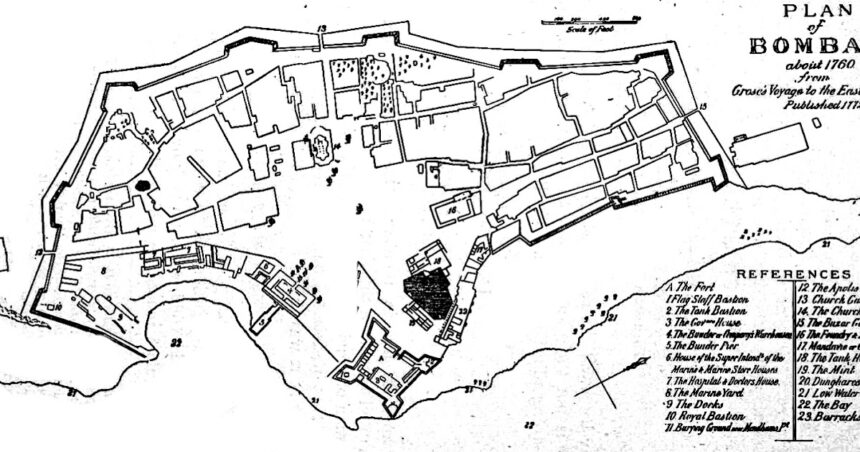The literature on the legal transfer of English property law to colonial South Asia has long focused on the agrarian context. Urban property and the built environment remain understudied. This article explores how the common law of nuisance found its way into the workings of a Committee of Buildings in late eighteenth-century Bombay. An analysis of the internal files of the Committee of Buildings shows that the Committee focused on public and private nuisance mitigation. Residents filed private party nuisance complaints, taking up nuisance law in their own disputes with neighbours. The Committee’s attempts to deal with public nuisances highlights the resistance of local residents. The conclusion considers the broader question of how we can conceptualize the actors, vectors and mechanisms involved in legal transfer, and its reception. Alternative explanations such as influences from pre-English colonial regimes, the impact of local custom, and the balance between common law and statute are evaluated. Rather than a seamless legal transfer, nuisance in early colonial Bombay demonstrates dialogue, resistance and appropriation.
Nuisance, planning and the common law in Bombay

Leave a Comment
Leave a Comment








